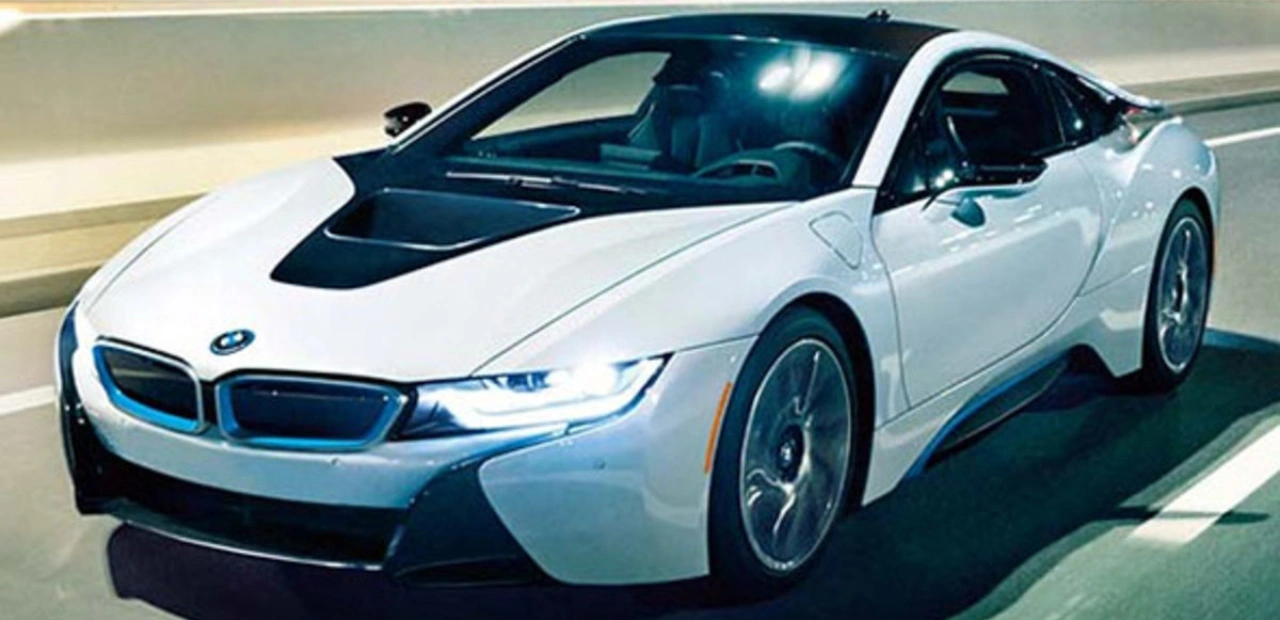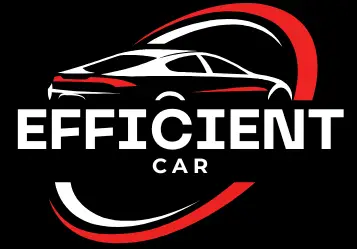How do efficient cars work?

The Science Behind Efficient Cars: Understanding the basic principles that make them tick
Efficient cars are the result of years of scientific advancements and research. The basic principles that govern their functionality involve maximizing energy output while minimizing energy consumption. One crucial element in the science of efficient cars is the combustion engine. These engines are designed to convert the chemical energy stored in fuel into mechanical energy, which powers the vehicle. By optimizing combustion processes, engineers have been able to make significant strides in improving fuel efficiency. Additionally, the materials used in the construction of cars play a vital role in enhancing their efficiency. Lightweight materials, such as carbon fiber or aluminum, reduce the overall weight of the vehicle, making it easier to propel and requiring less energy to move.
Another key principle is the management and optimization of energy through advanced control systems. For example, cars are equipped with sensors that monitor various parameters, such as engine temperature, air-fuel ratio, and vehicle speed. This data is processed by the car's computer, which then adjusts various components, such as the fuel injection system, to ensure optimal performance and efficiency. Additionally, technologies like regenerative braking and start-stop systems further enhance the efficiency of cars by capturing and utilizing energy that would otherwise be wasted. Overall, the science behind efficient cars is a complex combination of engineering, materials science, and advanced control systems, ultimately aimed at maximizing performance while minimizing the impact on the environment.
Maximizing Fuel Efficiency: Exploring the innovative technologies that reduce fuel consumption
Today, there are a wide range of innovative technologies that are being used to maximize fuel efficiency in vehicles. One such technology is direct fuel injection. This technology allows for a more precise and controlled injection of fuel into the engine, resulting in improved combustion and reduced fuel consumption. By directly injecting the fuel into the combustion chamber, the fuel is able to atomize more effectively, leading to a more efficient burn and greater power output. In addition, direct fuel injection also helps to reduce emissions, making it a win-win solution for both fuel efficiency and environmental sustainability.
Another technology that is helping to reduce fuel consumption is the use of start-stop systems. These systems automatically shut off the engine when the vehicle is at a stop, such as at a traffic light or in heavy traffic, and then quickly restart it when the driver releases the brake pedal. By eliminating the need to idle, start-stop systems can significantly reduce fuel consumption and emissions during periods of inactivity. Additionally, start-stop systems are designed to be seamless and unobtrusive, ensuring a smooth and comfortable driving experience for the user. With these innovative technologies and more, the future of fuel efficiency is looking brighter than ever.
The Role of Aerodynamics: How streamlined designs enhance efficiency on the road
The pursuit of efficiency in the automotive industry has given rise to a crucial concept: aerodynamics. Streamlined designs have proven to be instrumental in enhancing efficiency on the road. When it comes to maximizing fuel efficiency, reducing drag is a top priority. By decreasing the resistance that a vehicle encounters as it moves through the air, automotive engineers are able to optimize the overall performance of the vehicle, translating into improved fuel efficiency and reduced greenhouse gas emissions.
One key aspect of streamlined designs is the shape of the vehicle. A rounded and tapered front end, combined with a smooth and sleek body, allows the air to flow more smoothly over the vehicle, minimizing turbulence and reducing drag. Additionally, sharp edges and protruding components can disrupt the airflow, leading to increased resistance. Therefore, manufacturers often employ techniques such as sloping rooflines, flush-mounted windows, and aerodynamic side mirrors to further enhance the vehicle's aerodynamic profile. These design elements not only contribute to the overall appearance of the vehicle but also play a fundamental role in enhancing its efficiency on the road.
The Power of Hybrid Systems: Unveiling the mechanics behind hybrid vehicles
Hybrid vehicles have gained significant popularity in recent years due to their ability to combine the power of both gasoline engines and electric motors. At the heart of a hybrid system lies a sophisticated computer that continuously monitors and adjusts the power distribution between the two sources. This computer, known as the hybrid powertrain controller, relies on a range of sensors to analyze various factors such as vehicle speed, battery charge, and driver input. By intelligently managing the flow of power, the hybrid system ensures optimal performance and efficiency.
One of the key components of a hybrid vehicle is the electric motor. Unlike traditional gasoline engines, electric motors provide instant torque, allowing the vehicle to accelerate quickly and smoothly. The electric motor is typically smaller and lighter than its gasoline counterpart, making it more efficient in stop-and-go traffic. In hybrid vehicles, the electric motor works in conjunction with the gasoline engine, providing an extra boost during acceleration or taking over completely in low-speed, low-load conditions. This seamless integration of the two power sources allows hybrid vehicles to achieve impressive fuel efficiency while still providing sufficient power for everyday driving.
The Magic of Electric Cars: Examining the inner workings of electric vehicles
Electric cars have proven to be a revolutionary breakthrough in the automotive industry. These vehicles are powered by electric motors instead of traditional internal combustion engines, allowing them to run efficiently and emit zero tailpipe emissions. The key component of an electric car is its battery pack, which stores the electrical energy needed to power the motor. This battery is rechargeable and typically made up of lithium-ion cells. When the car is plugged into a charging station or home outlet, the battery is replenished, providing the vehicle with a continuous source of power.
In addition to the battery pack, electric cars feature several other important components that work together to provide a smooth and efficient driving experience. One of these components is the electric motor controller, which regulates the flow of electricity from the battery to the motor. This controller adjusts the power output based on the driver's input, ensuring optimal performance and efficiency. Another crucial part of an electric car is the regenerative braking system. Unlike traditional brakes, which convert kinetic energy into heat and dissipate it, regenerative braking captures the energy generated during braking and sends it back to the battery to be used later. This innovative technology not only improves the overall efficiency of the vehicle but also helps extend the range of the electric car.
Regenerative Braking: Harnessing the power of braking to recharge the battery
Regenerative braking, a revolutionary technology used in many electric and hybrid vehicles, has become instrumental in optimizing fuel efficiency and extending the range of these vehicles. By harnessing the power of braking, regenerative braking allows the conversion of kinetic energy into electrical energy, which is then stored in the vehicle's battery for later use. This process not only helps to conserve energy but also reduces wear and tear on the traditional braking system.
The concept behind regenerative braking is quite simple yet ingenious. When a driver applies the brakes, the kinetic energy of the vehicle is converted into electrical energy by the use of electric motors or generators. This energy is then fed into the battery, which can be used to power the vehicle at a later time, reducing the reliance on traditional fuel sources. Additionally, during periods of deceleration or downhill driving, regenerative braking can be engaged to slow the vehicle down while simultaneously charging the battery. This not only increases the overall efficiency of the vehicle but also helps to reduce emissions and environmental impact. Regenerative braking has undoubtedly revolutionized the automotive industry, paving the way for more sustainable and eco-friendly transportation options.
